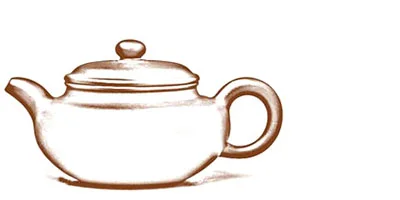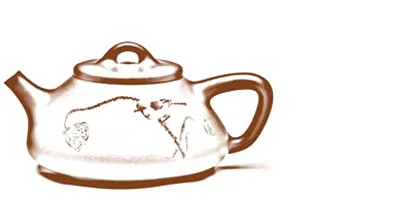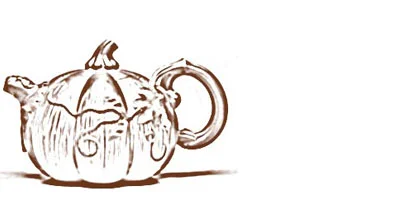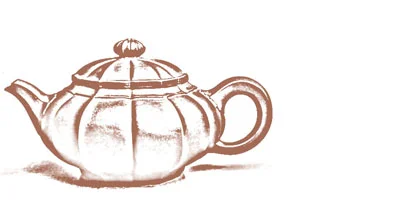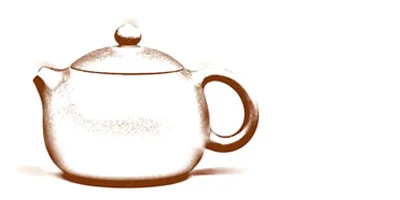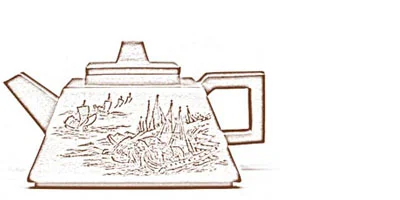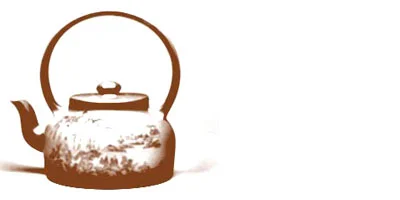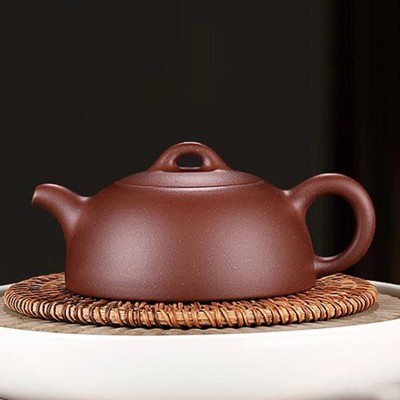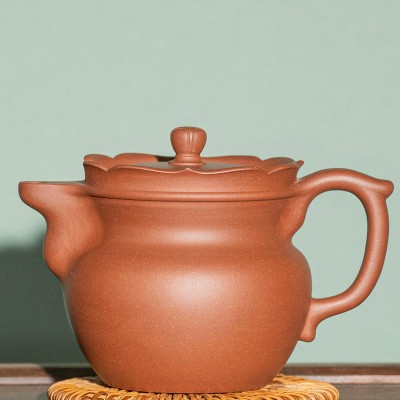The "Banyue" Yixing teapot has always held a special place for its simplicity, elegance, and gracefulness. The "Banyue" Yixing teapot is harmonious, spacious, and concise, with a balance between outward expression and inward restraint. It is like a beautiful piece of writing that becomes more intoxicating with each read. The teapot creates a sense of longing for reunion, as expressed in the Chinese saying, "the bright moon sends thoughts a thousand miles, while the half moon intensifies them even more." The teapot not only speaks of longing but also expresses the traditional Chinese cultural yearning for "full moon, full people." Therefore, the "Banyue" Yixing teapot is a true embodiment of Chinese culture.
- HOME
-
YIXING TEAPOT
add remove
-
FILTER
add remove
Zisha Clay
add removeCapacity (ml)
add remove - ABOUT add remove

